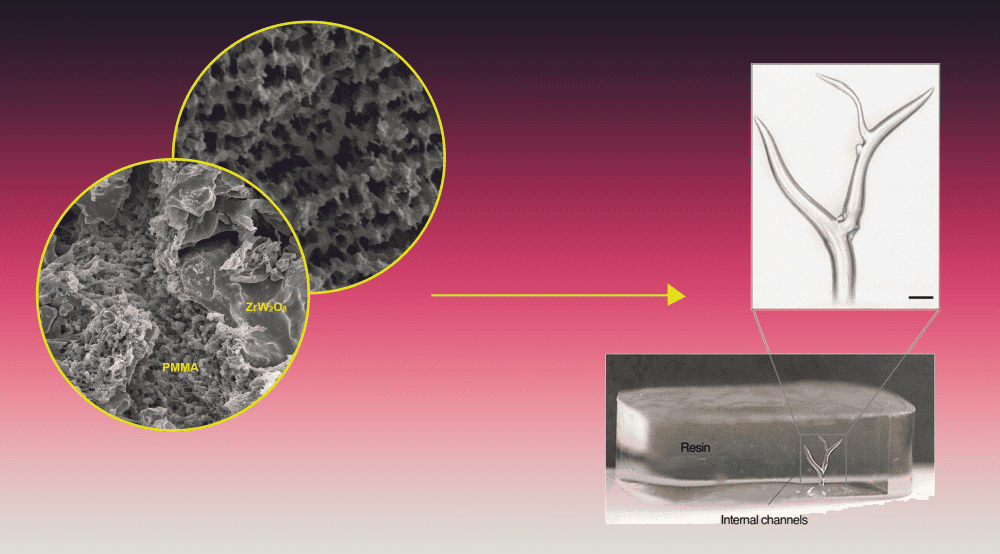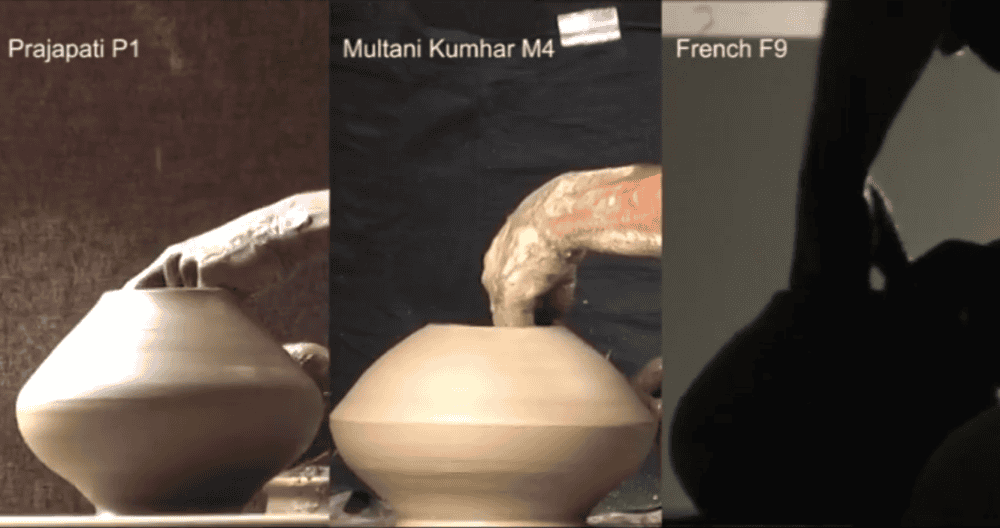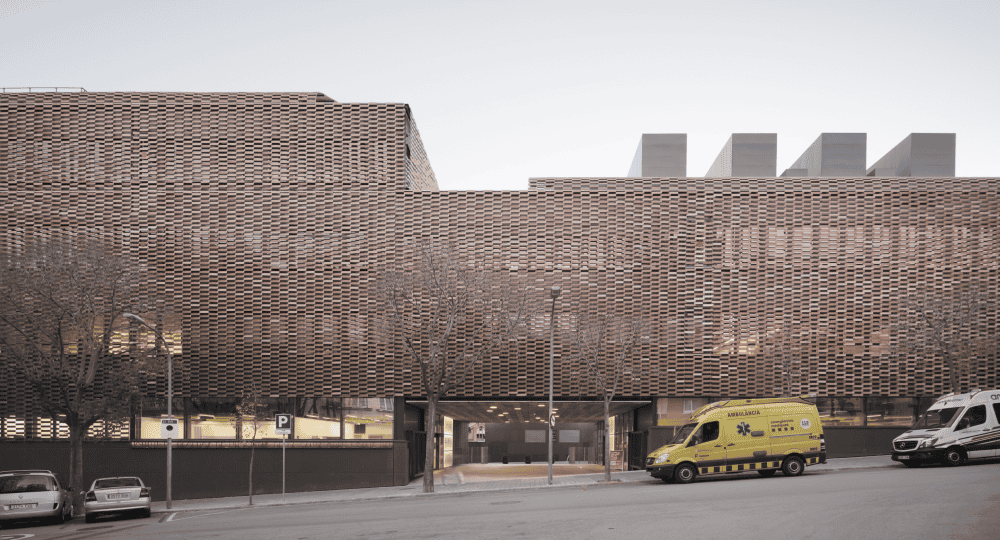In a new record for auxetic materials, researchers at the University of Western Ontario synthesized 2D flakes of tungsten semicarbide than can expand up to 40% under applied strain.
Read MoreNature offers many clues on ways to best preserve energy, and today’s CTT showcases some recent biomimetic innovations in the fields of clean energy, passive thermal control, and water conservation.
Read MoreGlass recycling rates have stagnated at approximately 30% in the United States. This CTT discusses some steps that can be taken to help keep glass from going to waste.
Read MoreThe shape of a solar cell can greatly affect its light absorption efficiency. Abdullah Gül University assistant professor Dooyoung Hah recently investigated the potential of hemispherical, or “dome,” shaped cells to improve the performance of organic photovoltaics.
Read MoreNumerous advancements in 3D-printed housing have made headlines in the past few years. This CTT highlights some recent notable achievements.
Read MoreDrawing inspiration from the structure of existing pigments, Oregon State University researchers developed a new magenta pigment based on divalent chromium, which could be a promising chromophore for a rainbow of new inorganic colors.
Read MoreAdvancements in the ceramics field have often supported innovation and discoveries in other fields. Now, knowledge gained from early work on ice-templated ceramics is aiding in the development of soft, bioinspired materials for medical applications.
Read MoreAn international group of researchers led by Kobe University in Japan investigated the roles that community and individuality play in pottery design by asking potters from different cultural backgrounds to form several unfamiliar but basic shapes.
Read MoreReducing the amount of solar radiation absorbed by a structure is one way to improve a building’s energy efficiency. A novel ceramic façade called Flexbrick offers a fast way to reduce warming.
Read MoreThough the tradition of creating grand stained-glass windows is less common than it was before, the art form remains an important part of our culture today. In April 2024, CTT is running a special three-part series on stained glass. Part 3 covers the revival of stained glass in the 19th and 20th centuries and its use today.
Read More








